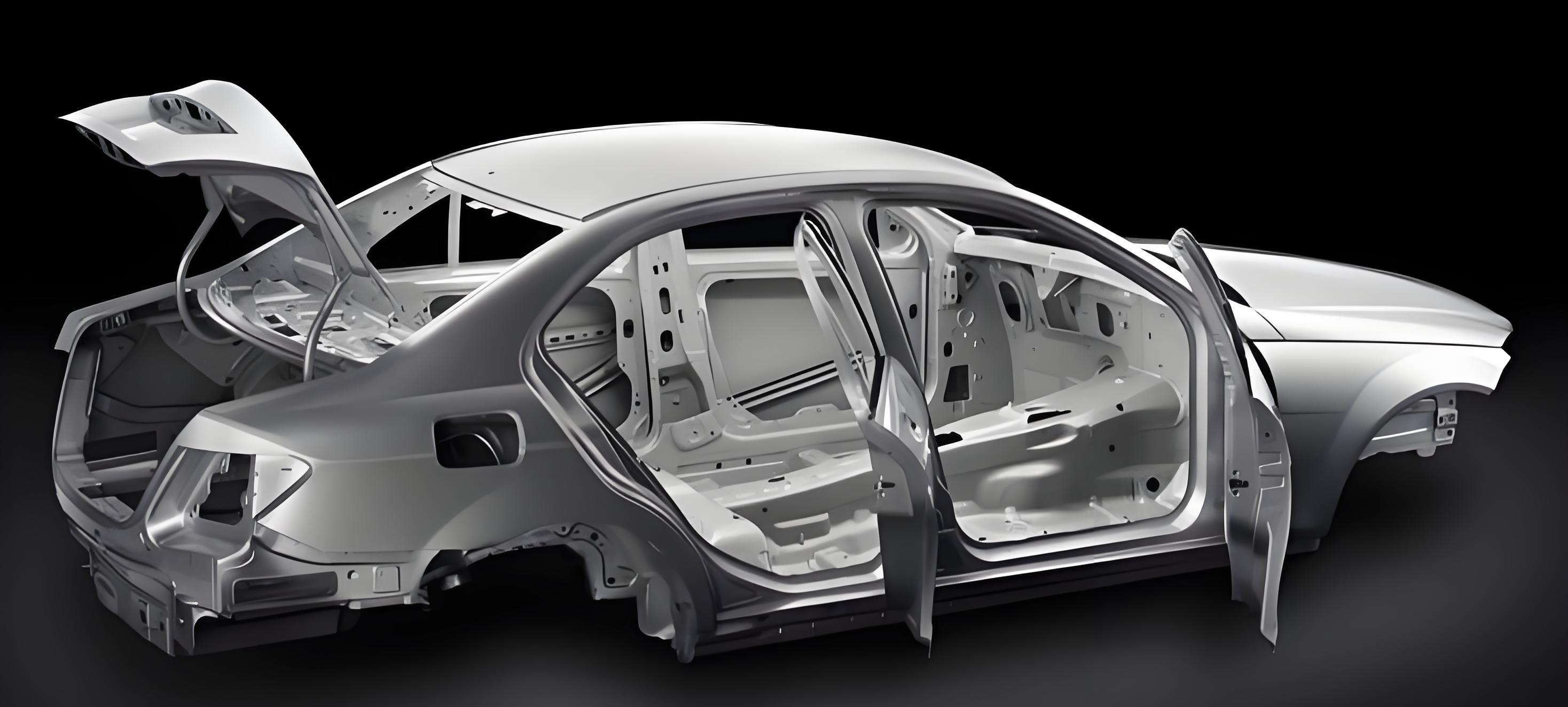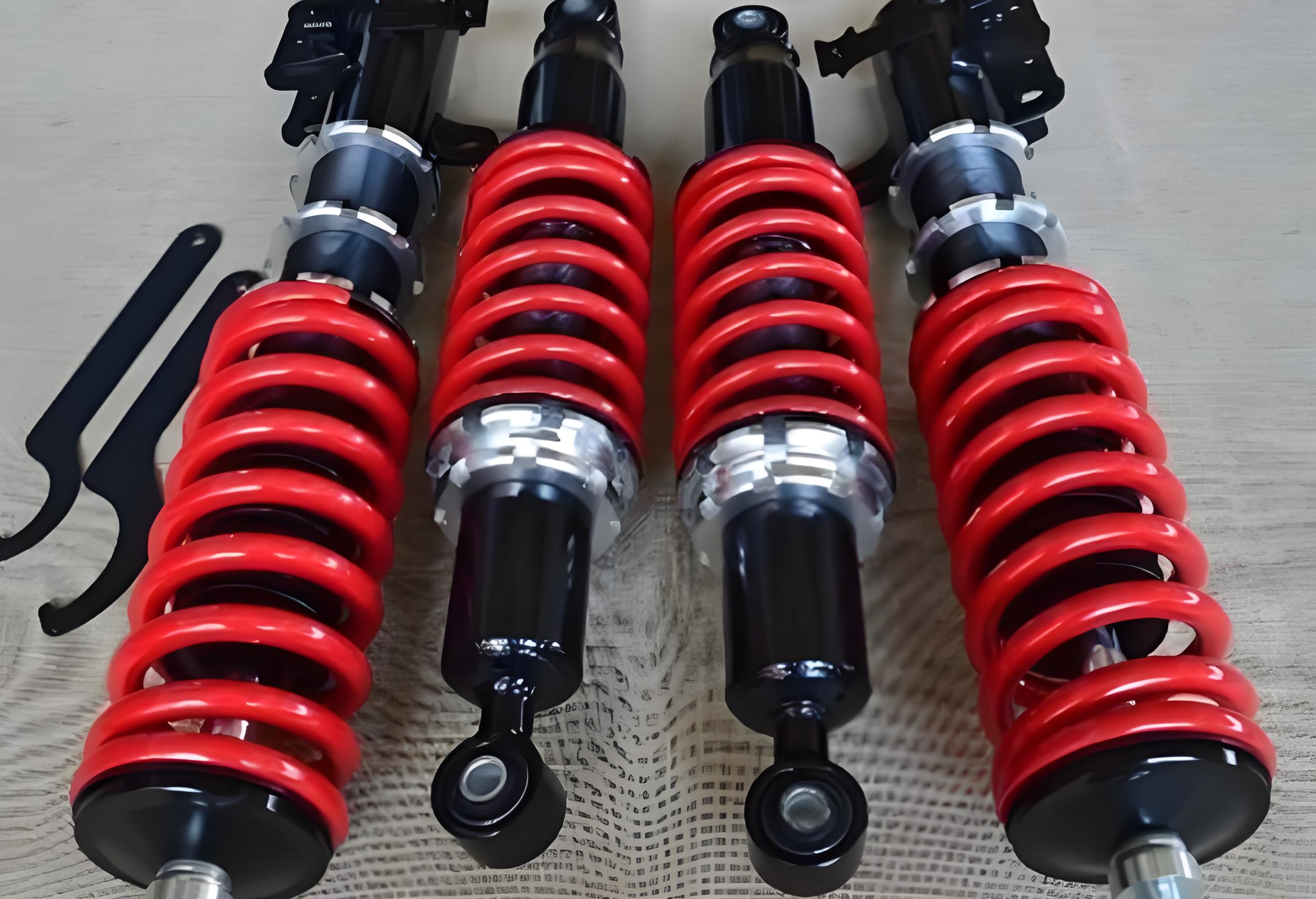new blog
With global climate warming and the increasing depletion of fossil fuel resources, promoting green energy and sustainable development has become a global consensus. As a product of modern industrial civilization, the automotive industry is facing unprecedented pressure to save energy and reduce emissions, making vehicle lightweighting an important approach to address these challenges. Among various lightweight materials, carbon fiber composites stand out for their exceptional specific strength, specific modulus, and design flexibility, and are being widely applied in the automotive industry.

Applications of Carbon Fiber Composites in Automobiles
1. Vehicle Body Structural Components
First, in terms of exterior panels, carbon fiber composites are widely used in parts such as doors and engine hoods. These components not only require excellent mechanical performance but also need to meet multiple functional requirements, including aerodynamics and noise-vibration characteristics. By designing optimal carbon fiber layup schemes and selecting high-performance resin matrices, the weight of components can be reduced while significantly enhancing their stiffness, strength, and impact resistance, also allowing for more streamlined design aesthetics.
In the field of body frame structural components, due to their outstanding specific strength and specific modulus, carbon fiber composites can replace traditional metal materials. Through advanced molding and joining processes, it is possible to achieve integrated manufacturing of the body frame, greatly reducing the number of joints and improving both structural integration and lightweight performance. For example, one automobile adopts a full carbon fiber composite passenger cabin, and through modular design and process optimization, achieves up to a 62% reduction in weight while improving crash safety performance by more than 30%.
2. Chassis Systems
In suspension systems, carbon fiber composites are an excellent material choice for key components such as springs, shock absorbers, and control arms. Take shock absorbers as an example: those made from carbon fiber composites are not only lighter in weight but also exhibit 2–3 times higher fatigue resistance, resulting in more responsive and comfortable suspension dynamics. Using carbon fiber composite shock absorbers can reduce the weight of the suspension system by 15%–25% while decreasing bumps and vibrations by 10%–15%, effectively improving ride comfort.

3. Powertrain Systems
Engine covers made from carbon fiber composites are first molded by laying prepreg or dry fibers into a mold, by high-temperature, high-pressure curing to form a lightweight cover that closely matches the engine bay contours. Compared with traditional materials such as aluminum alloys, carbon fiber composite engine covers can achieve a 30%–40% reduction in weight and increase cover stiffness by 20%–30%, effectively reducing vibration and noise while improving the NVH (noise, vibration, and harshness) performance of the engine compartment.
In automotive lightweighting, the choice and optimization of molding processes are key to achieving efficient manufacturing and high-performance components. Common processes include compression molding, filament winding, and pultrusion. Compression molding uses molds and pressure to combine prepregs or dry fibers with a resin matrix, producing composite components with complex shapes and excellent properties. This process is suitable for large-scale production, achieving high efficiency and dimensional accuracy. Using compression molding can increase production efficiency of composite components by 20%–30% and control dimensional tolerances within ±0.2 mm.

Filament winding involves impregnating continuous fiber bundles with resin and winding them along predetermined paths onto a mandrel. After curing, hollow composite components are obtained. This process allows precise control of fiber orientation, enabling the fabrication of high-strength, high-stiffness tubular and cylindrical parts. Additionally, filament winding significantly improves material utilization and reduces waste, increasing material efficiency by 30%–40%.